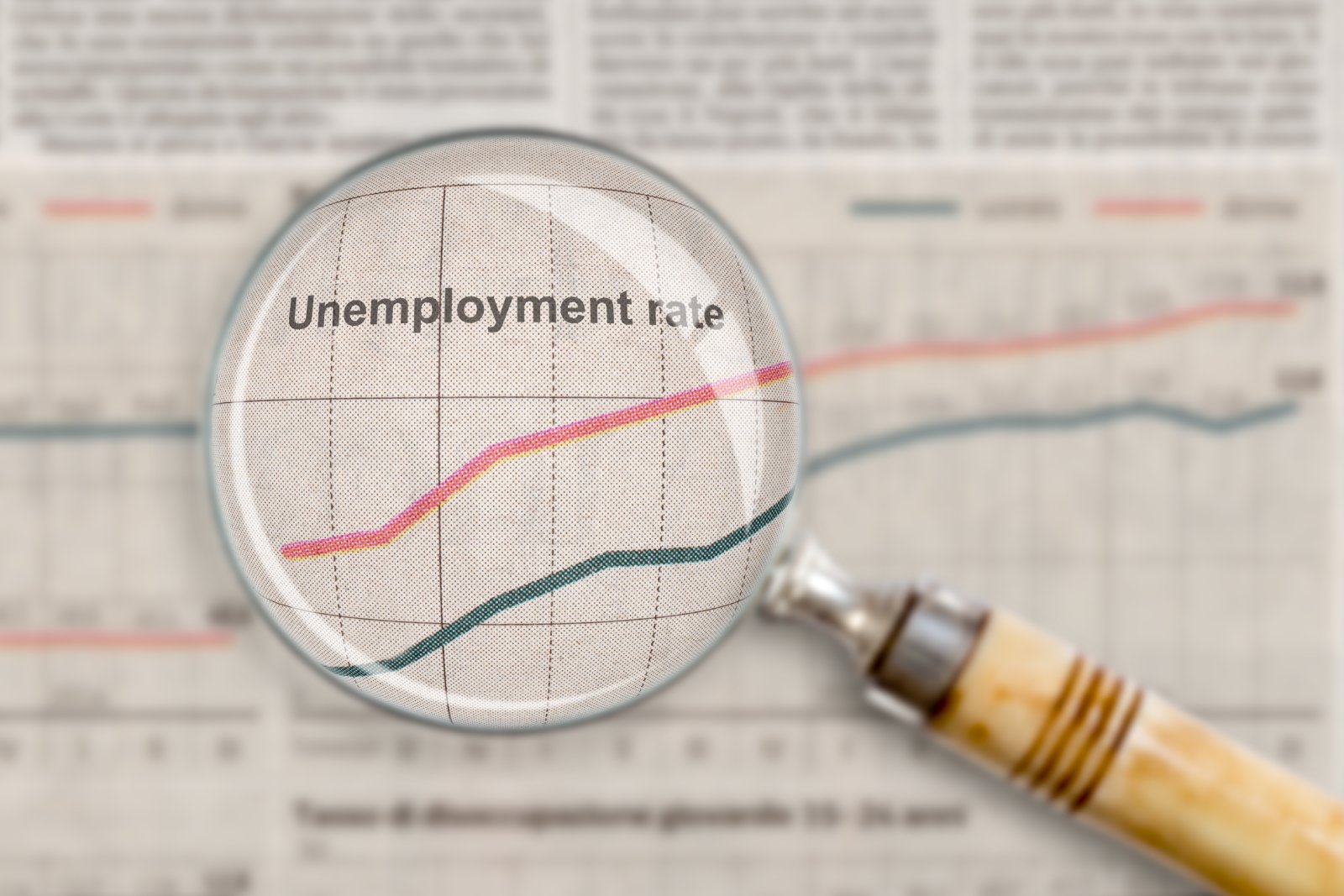With the federal reserve rate cut looming, the latest employment revision reveals a surprising slowdown in job growth — what does this mean for the economy?
A Surprise from Washington

On Wednesday, the government announced that the U.S. economy added 818,000 fewer jobs than reported between April 2023 and March 2024. This news sent shockwaves through Wall Street, with many questioning the accuracy of the initial figures.
The Job Market Slowdown

The revised data shows that the U.S. economy gained around 2.1 million jobs during that period, down from the initially reported 2.9 million. This significant downward revision highlights the sluggish job growth economists have been concerned about for months.
The Fed’s Dilemma

The Federal Reserve faces mounting pressure to adjust its interest rate policies as the job market slows. “The Fed will see the revisions as another reason to pull forward plans to reduce interest rates,” said Bill Adams, Chief Economist at Comerica Bank in Dallas.
July’s Disappointing Numbers

July’s jobs report already hinted at trouble, with just 114,000 jobs added—far below expectations. The unemployment rate rose for the fourth consecutive month, hitting 4.3%.
What It Means

The Labor Department’s revision paints a more sobering picture of the U.S. economy, with job growth averaging 174,000 per month during the year ending in March 2024. This is 68,000 fewer jobs per month than initially reported.
Professional Services Take a Hit

The professional services sector saw one of the largest downward revisions, losing 358,000 initially counted jobs. This category includes managers and technical workers, both vital to the economy.
Hospitality Industry Not Left Out

The leisure and hospitality sector also felt the blow, with 150,000 fewer jobs added than initially thought. This sector has been particularly volatile since the pandemic.
Warehousing Industry Stays Strong

In contrast, the transportation and warehousing sectors saw upward revisions, signaling some stability in industries essential to the supply chain.
What Next for Interest Rates?

The weaker-than-expected job numbers strengthen the case for the Federal Reserve to cut interest rates at its next meeting in September. Economists are now debating whether the cut will be a modest 0.25 percentage points or a more aggressive 0.50 percentage points.
Fed’s Rate Hike Legacy

The Fed raised interest rates 11 times in 2022 and 2023 to combat soaring inflation, which had reached a 40-year high. While slowing inflation, these high rates have also weighed on job creation.
Inflation Eases, But Concerns Remain

Inflation has cooled from 9.1% in June 2022 to 2.9% today. However, the revised job numbers suggest that the economy might be weaker than initially thought, putting more pressure on the Fed to support growth.
Unemployment Stays Unchanged?

Despite the job revisions, the unemployment rate remains calculated from a different survey. As PNC Chief Economist Gus Faucher explains, “The jobless rate won’t be directly impacted by these revisions since it comes from household data rather than company reports.”
Will September Bring Relief?

With the Fed’s next meeting slated for September 18, many economists expect a rate cut. Nationwide Senior Economist Ben Ayers noted, “We do not expect the benchmark revision to influence the size of the Fed’s first rate cut in September, though calls for a larger 50 bps decline will grow louder if August’s jobs report disappoints”.
Looking Ahead to August’s Report

The upcoming August jobs report, set for release on September 6, is forecasted to show that 175,000 jobs were added to the U.S. All eyes are on this report to see if it aligns with the revised job data.
Is the Labor Market Still in Expansion?

Although the job revisions indicate slower growth, economists like Robert Frick of Navy Federal Credit Union believe that “we’re still in an expansion, just at a more moderate pace.”
Historical Perspective

For context, the U.S. added an average of 180,000 jobs per month between 2010 and 2019. While the revised 175,000 monthly average for 2023 is lower than originally thought, it’s still in line with historical trends.
The Focus on Balance

Fed officials have been saying the labor market is becoming a “better balance,” with labor demand no longer drastically outpacing supply. The revised job numbers may cause them to reassess that assumption.
Unemployment on the Rise

The U.S. unemployment rate has climbed to 4.3%, the highest in nearly three years. This marks a significant shift from the ultra-low 3.4% rate just a few months ago.
Annual Revisions Underway

The government conducts annual revisions to its employment figures to ensure accuracy. These revisions, based on company data collected for tax purposes, are designed to better reflect the true state of the job market.
Wall Street Reacts

Wall Street had anticipated a substantial revision to job gains, with some estimates predicting a reduction of up to 1 million jobs. The revised 818,000 fewer jobs will likely drive further speculation about the Fed’s next move.
Millennials Are Over It: 25 Reasons Woke Culture Is Losing Its Charm

Has the push for progress tipped too far into preachiness? Here’s why many Millennials might think so. Millennials Are Over It: 25 Reasons Woke Culture Is Losing Its Charm
Is It Time Boomers Paid the Price for America’s Economic Inequality?

The American Dream feels more elusive than ever, especially for younger generations. What was once achievable through hard work now faces significant hurdles, from skyrocketing college costs to the challenging pursuit of homeownership. Here’s a look at why it’s tougher for Millennials and Gen Z compared to Baby Boomers. Is It Time Boomers Paid the Price for America’s Economic Inequality?
Rent Crash in California: Landlords Scramble as Prices Take a Hit

California’s rental market is taking a nosedive, with major cities seeing huge drops in rent prices. Rent Crash in California: Landlords Scramble as Prices Take a Hit
Featured Image Credit: Shutterstock / Andrey_Popov.
The content of this article is for informational purposes only and does not constitute or replace professional advice.
The images used are for illustrative purposes only and may not represent the actual people or places mentioned in the article.




